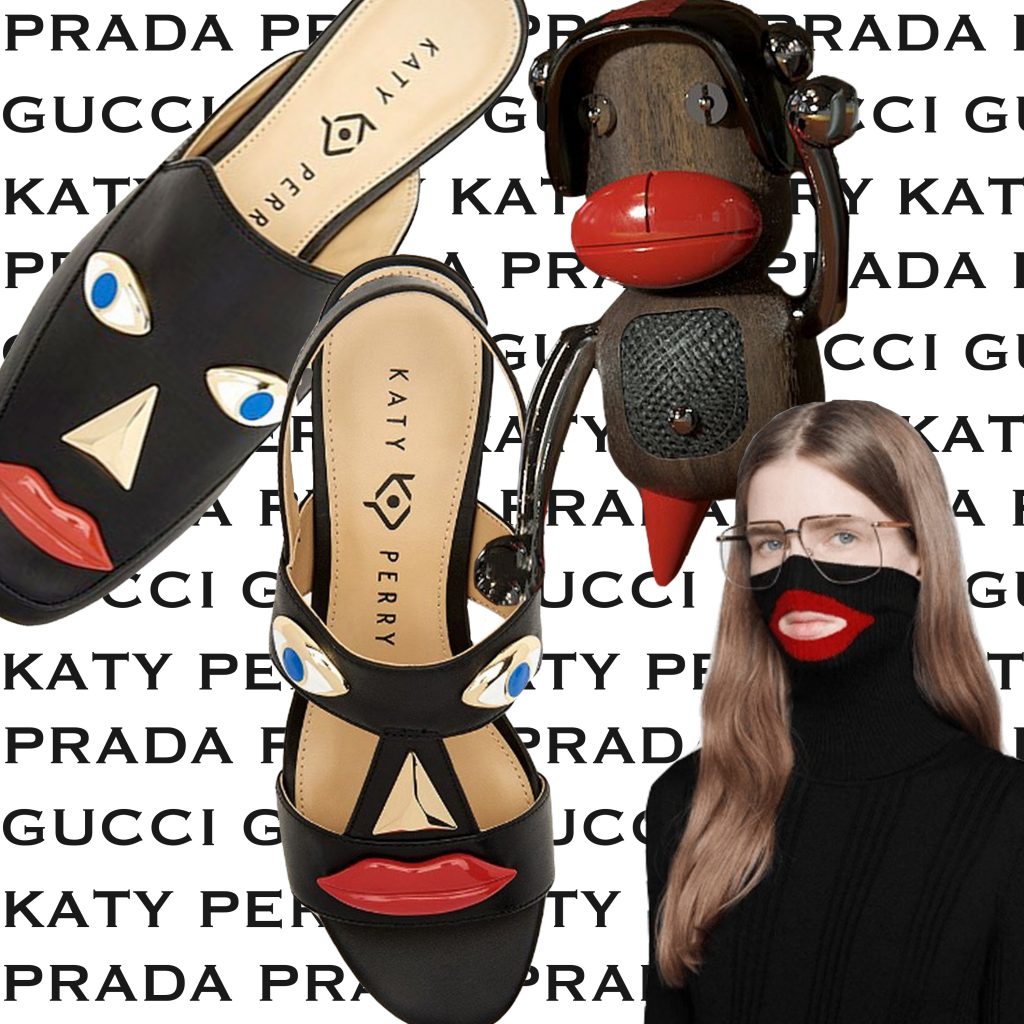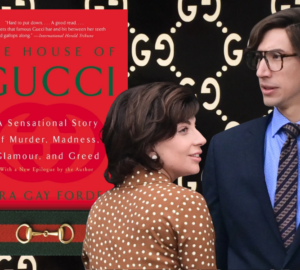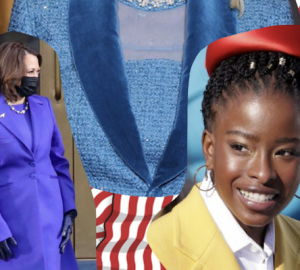by Dana Vernot

The fashion industry tends to mirror the times. It’s through fashion that social messages and cultural ideas are expressed — each decade bringing a re-mixed trend, resurrected from past years. An ugly trend that’s been showing up has been the coincidental use of blackface. What is blackface? Originally, the use of blackface was in theater when white actors played the black minstrel. The makeup was typically made with melted cork, cocoa butter or black grease paint. There were even times when African American actors were forced to wear blackface makeup if they wanted to perform. Blackface makeup was used to personify racist stereotypes. These stereotypes were backed by caricatures of black existence — Coon, Mammy, Uncle Tom, Jezebel, Buck, Mulatto
Recently, Prada, Gucci
Following this, Gucci released an $890 sweater that covered the bottom half of the face with a red-lined mouth cut-out. Like Prada’s figurines, the sweater also bore a resemblance to blackface. Alessandro Michele, Gucci’s creative director, expressed that the sweater was not intended to portray blackface. Michele stated that he pulled inspiration from performance artist, club promoter and fashion designer Leigh Bowery. Bowery often wore very theatrical makeup and costumes. Michele apologized and has taken full accountability. Vodi Trotter a third-year visual effects student expresses the frustration, “Forget Gucci! It’s sad. Gucci and any other company, whether done intentionally or not, are prime examples of how brands view black people. The level of respect is still little to none.”
The last example
How does a brand recover? Retailers and brands alike do so many operations with intention. Prada said that figurine had no intention of resembling anything but a fictional character, but there needs to be the intention of making sure that all products won’t offend anyone in any way — rather than focusing on what its “supposed” to be. Break it down and verify what it resembles or may symbolize. Brands have to do better at reading their content and creations in a similar manner that the consumer does. . Journee Artis, a second-year student advertising student, said, “It feels like a slap in the face. To disregard a big portion of your consumers doesn’t make sense. It’s disrespectful. If you don’t support us why should we support you?”
It’s hard to believe that brand after brand continually made the same mistake. Are retailers so eager to make a buck that they aren’t considering how their creations will be interpreted? After so much time has passed, the fact that items resemble this hideous figure, whether intentional or not, is disgraceful. Brands and retailers need to digest that fact that racial insensitivity must be corrected authentically and with care. It’s important that consumers continue to be vocal and hold retailers and brands accountable. Consumers can encourage and influence a brand more than they know. Always be mindful of the companies that you purchase from. The money you spend is an investment. It’s a way of encouraging and supporting a brand. This carelessness should not be encouraged.























